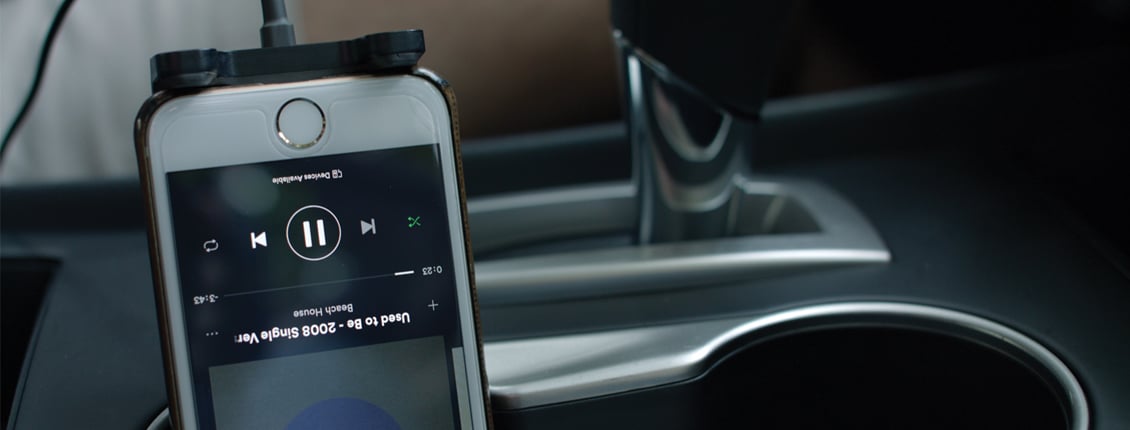
Boost your Sales with Cellular Signal Boosters
We’ve always suspected it, now we know for sure. Survey says: Americans love their smartphones!
According to the Pew Research Center’s 2018 Mobile Fact Sheet:
- 95% own a cell phone of some kind
- 77% own a smartphone, up from 35% in 2011
- 96% of urban dwellers, 94% suburban and 91% rural dwellers own a cell phone
- 1 in 5 adults use smartphones as their primary means of online access at home—meaning they don’t have home broadband service
BlueCorona.com reports:
- Consumers now spend more than five hours a day on their smartphones
- In 2018, 52.2% of all worldwide online traffic was generated through mobile phones, up from 50.3% in the previous year
- 57% of all US online traffic now comes from smartphones and tablets
And according to a 2017 report from the National Center for Health Statistics:
- 9% of homes are wireless only, meaning they no longer have a landline phone
- Adults living in the Midwest, South and West were more likely to dump the landline than those in the Northeast
No signal, no tolerance
Given all the stats, one would think service providers would be motivated to shrink or eliminate those annoying and possibly life-threatening cellular dead zones. Unfortunately, the causes behind dead zones are varied and often can’t be fixed.
- Cellular tower issues
- Too far away
- Overloaded
- Hand-off problems to another tower
- Slower data when roaming
- Regulatory issues trying to install new ones
- Weather & terrain conditions
- Mountains, hills, bluffs and trees
- Rain, humidity and fog
- Person’s own body
- Vehicle construction materials
- Metal
- Glass
- Metallized tinting film
- Building construction materials (stores aren’t illegally jamming signals, it’s the building itself that’s to blame!)
- Wire mesh
- Sheet metal
- Reinforced concrete
- Insulation
- Cell phone itself
- Poor/cheap antenna
- Low battery power
As you can see, the causes of cell phone dead zones are myriad, with many unfixable. Therefore the best solution lies with the end-user—and it’s simple—a cellular signal booster.
Sizing up signal boosters
The concept behind signal boosters for cell phones is basic—amplify existing cellular signals to a level that a cell phone can use them when operating in an enclosed space.
Therefore, homes, offices, commercial buildings, cars, boats, RVs, trucks and fleets can all benefit from stronger, consistent cell phone signals.
Consequently, given the widespread need, you as a retailer have the opportunity to carry a line of products—signal boosters for cell phones—that EVERYBODY can use. However, you need to remind them that there’s no need to settle for poor coverage. It is especially relevant that you empower them with your solution options to end bad cell coverage by boosting cell phone signals.
Signal boosting in buildings
For buildings, the choice of a cell phone signal booster is based on square footage. Thus, the larger the building, the greater the opportunity for custom installers to wire up solutions. Commercial building solutions should always be handled by professional installers.
Signal boosting in vehicles
For vehicles, the choice of signal boosters for cell phones varies more by whether an individual phone needs coverage, the whole cab does or if it’s for fleet usage. Surprisingly, on-the-road usage means more than good voice quality and strong data signals for map apps. Fleets, emergency personnel and public safety officers all rely on cellular signals for data exchange, Internet access, credit card/payment processing as well as truckers’ Electronic Logging Devices and Vehicle Management systems. Therefore, cellular signal boosters can greatly improve business and public safety communications.
If you are particularly interested in boosting signals in fleet vehicles, you need to watch the special training session Petra held at its B2B store with Nelson Roberts, Director of Sales, Wilson Electronics. It is aimed specifically at fixing weak cellular signals in fleet vehicles.
Slaying cell phone dead zones with mobile boosters
No matter which brands they’re under—SureCall, WilsonPro, weBoost or zBoost—cellular signal boosters from Petra are a great choice for any signal boosting needs. And all products are FCC-approved for use on every network, for any carrier. However, to sell weBoost and WilsonPro products, you must become an authorized reseller.
How to boost a cellular signal is easy. Getting people to realize that a fix is possible requires some shout-out at your store. Therefore, if your customers are armed with the right cell phone signal booster, they will love their cell phones even more.
